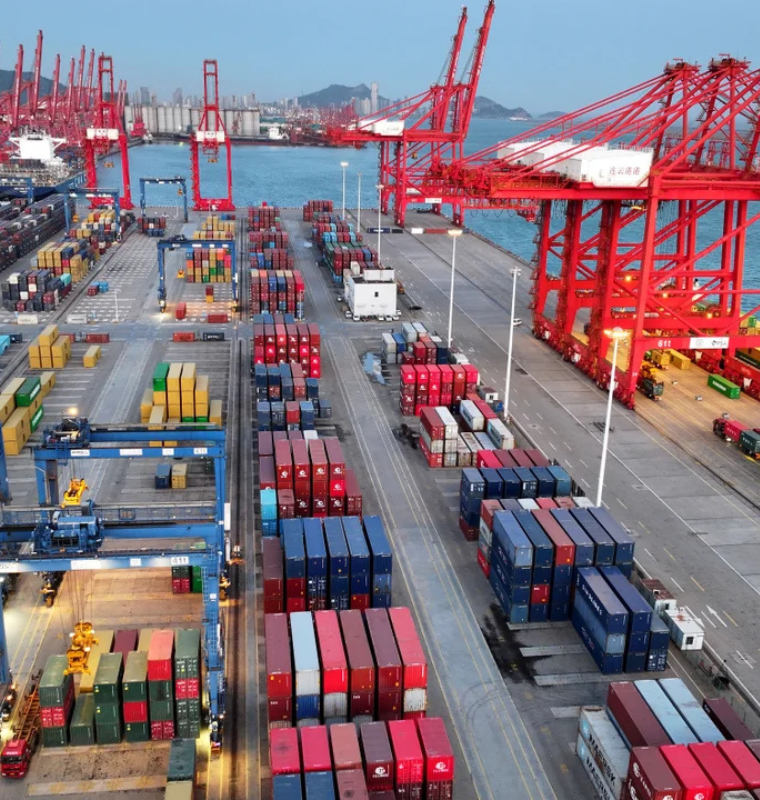FTSE 100 Approaches Historic Ten Thousand Mark
FTSE 100 Approaches Historic Ten Thousand Mark
By
Calder Monroe
Last updated:
November 19, 2025
First Published:
November 19, 2025
.jpg)
Photo: Bloomberg.com
London’s FTSE 100 is moving steadily toward one of the most significant milestones in its history as it inches closer to breaking the ten thousand point barrier. This psychological ceiling has been anticipated for months, driven by resilient corporate earnings, improving economic data, and a shift in global capital toward undervalued European markets. The index’s momentum reflects growing confidence in U.K. blue-chip stocks, particularly in sectors like energy, banking, and consumer goods that have shown strong year to date gains.
The timing of this potential record could prove particularly important. Britain is days away from the government’s Autumn Budget, a fiscal event that traditionally influences market direction through updates on taxation, spending, and growth forecasts. Analysts expect this year’s budget to place heavy emphasis on economic stability, business incentives, and long term investment plans. Any announcements involving corporate taxes, infrastructure spending, or incentives for foreign investment could immediately sway market sentiment and determine whether the FTSE 100 breaks through ten thousand or pauses below it.
Interestingly, the FTSE 100 has outperformed the U.S. S&P 500 this year, a rare shift in a market landscape typically dominated by American equities. Several factors have contributed to this relative strength. U.K. companies within the index continue to benefit from a favorable currency environment, high dividend yields, and global exposure—nearly 80 percent of FTSE 100 revenues come from outside the UK. Meanwhile, sectors like energy and mining have enjoyed tailwinds from rising commodity prices, while financial stocks have gained stability as inflation cools and interest rates gradually normalize.
Data from several investment firms shows increasing inflows into U.K. equity funds, particularly from investors looking for value opportunities after years of discounted valuations. Some strategists point to the FTSE’s sector composition as another advantage, noting that it is less dependent on high growth tech stocks and more anchored in cash generating global giants. This structure has allowed the index to weather volatility better than tech heavy benchmarks during uncertain macroeconomic periods.
As investors await the government’s fiscal announcements, attention remains on how policy decisions will shape economic expectations for the next twelve months. Strong guidance on public finances, productivity initiatives, or support for major industries could further accelerate the FTSE 100’s rise. Conversely, unexpected tax adjustments or weaker growth projections could introduce short term caution.
For now, the anticipation surrounding the ten thousand point milestone highlights the renewed importance of London’s stock market in a shifting global investment landscape. The coming days—driven by policy updates, investor reaction, and broader economic signals—will determine whether the FTSE 100 finally enters a new era in its long running history.
Popular articles
Subscribe to unlock premium content
Why Some People Hire Professional Bystanders to Simulate Social Interaction in Public Spaces
.png)
The Rise of Micro-Memorials People Paying to Preserve Tiny Personal Moments in Luxury Miniature Sculptures
.png)
The Market of Paying Strangers to Share Their Most Embarrassing Stories in a Private Setting
.png)
Why Some People Hire Professional Bystanders to Simulate Social Interaction in Public Spaces
.png)
The Rise of Micro-Memorials People Paying to Preserve Tiny Personal Moments in Luxury Miniature Sculptures
.png)
Why Some People Hire Professional Bystanders to Simulate Social Interaction in Public Spaces
.png)








